Optimal Timing for Waterproofing
Waterproofing is a critical component in protecting structures from water intrusion, which can lead to damage, mold growth, and structural deterioration. The effectiveness of waterproofing measures depends heavily on timing, weather conditions, and material application techniques. Properly scheduled waterproofing can extend the lifespan of a building and reduce long-term maintenance costs.
Spring and early fall are ideal for waterproofing projects due to moderate temperatures and lower humidity levels, which allow materials to cure properly.
Avoid waterproofing during periods of heavy rain, extreme cold, or high humidity to ensure proper adhesion and curing of waterproofing materials.
Different waterproofing products have specific temperature and moisture requirements. Confirming compatibility with seasonal conditions is essential for durability.
Applying waterproofing during favorable weather conditions enhances the longevity of the barrier, reducing the need for future repairs.

Spring offers moderate temperatures and low humidity, ideal for waterproofing projects.

Dry, warm days ensure proper adhesion and curing of waterproofing materials.
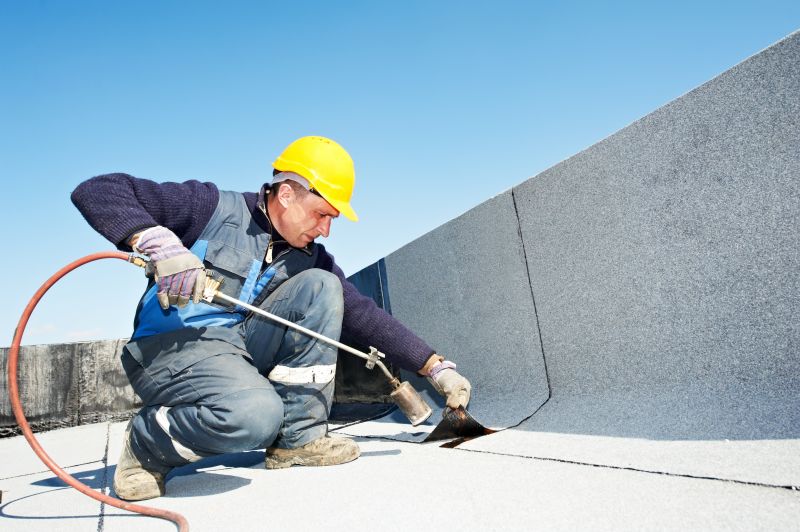
Cold temperatures can hinder waterproofing material performance and curing process.
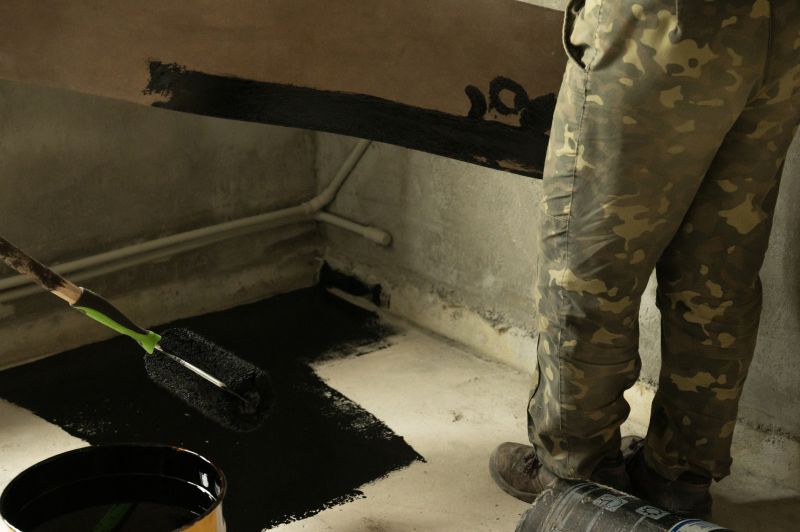
Ways to make Waterproofings work in tight or awkward layouts.
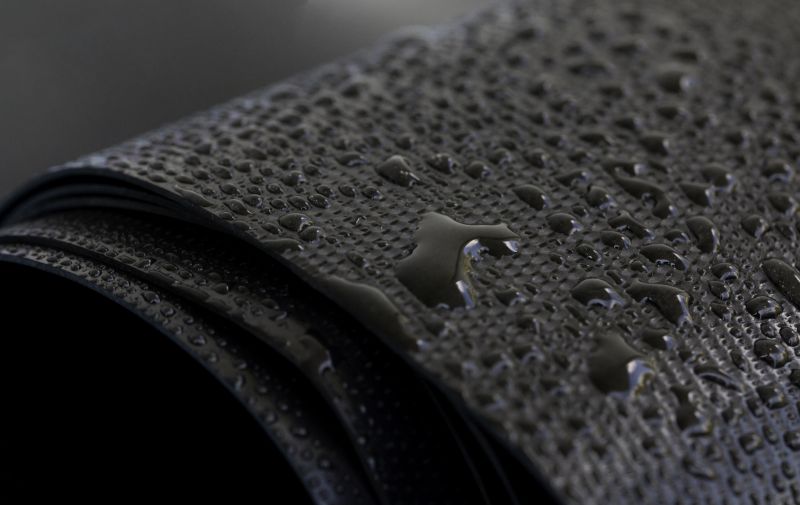
Popular materials for Waterproofings and why they hold up over time.
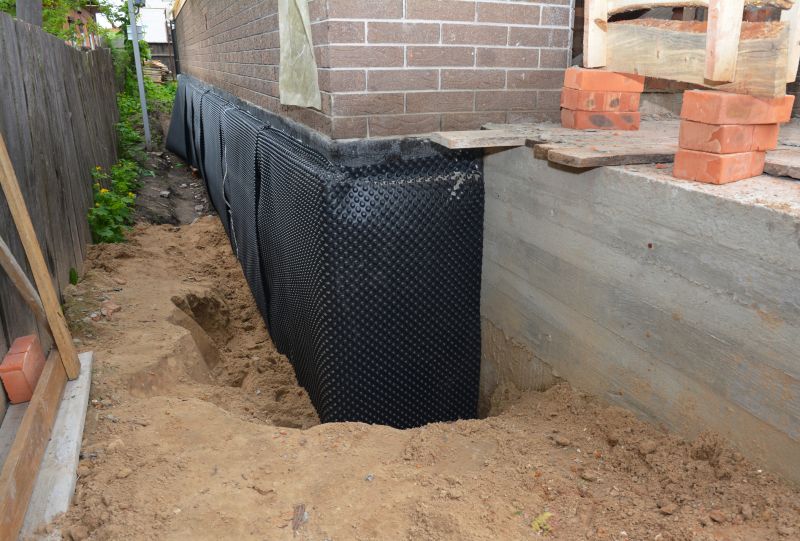
Simple add-ons that improve Waterproofings without blowing the budget.
| Season | Ideal Conditions |
|---|---|
| Spring | Moderate temperatures, low humidity, dry days |
| Summer | Warm temperatures, low humidity, avoid extreme heat |
| Fall | Cooler temperatures, dry conditions |
| Winter | Cold temperatures, high risk of freezing, not recommended |
Waterproofings involve applying specialized barriers to prevent water penetration in foundations, roofs, walls, and other critical areas. These barriers can be liquid membranes, sheet membranes, or sealants, each suited for different applications and environmental conditions. Proper timing ensures these materials cure correctly, providing a durable defense against water intrusion. Accurate scheduling also reduces the likelihood of reapplication and costly repairs.
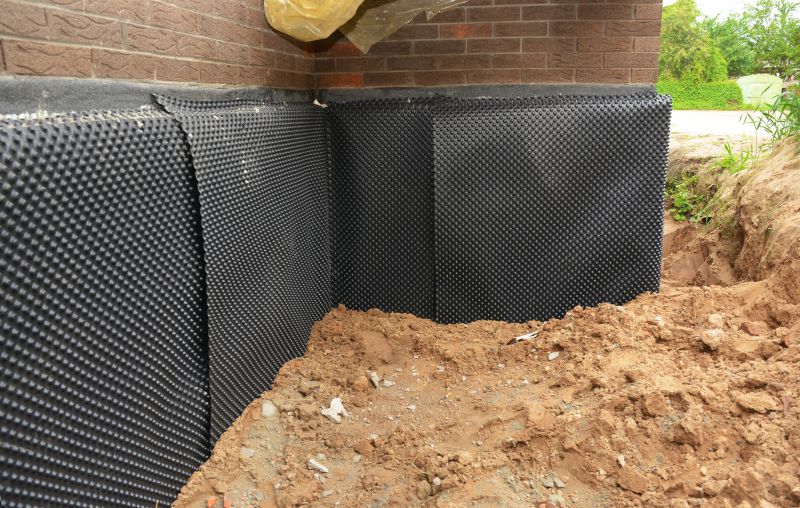
Application of waterproofing membrane on a building foundation.
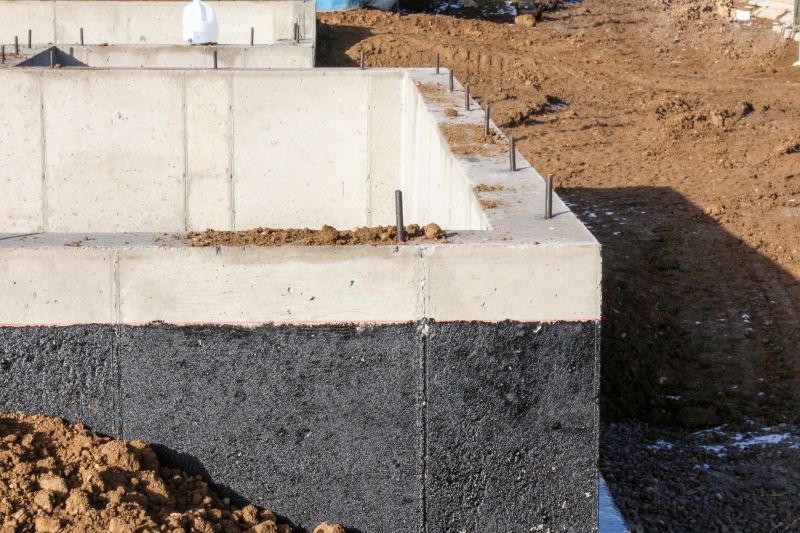
Proper curing of waterproofing materials during favorable weather conditions.

Completed waterproofing layer on a commercial building.
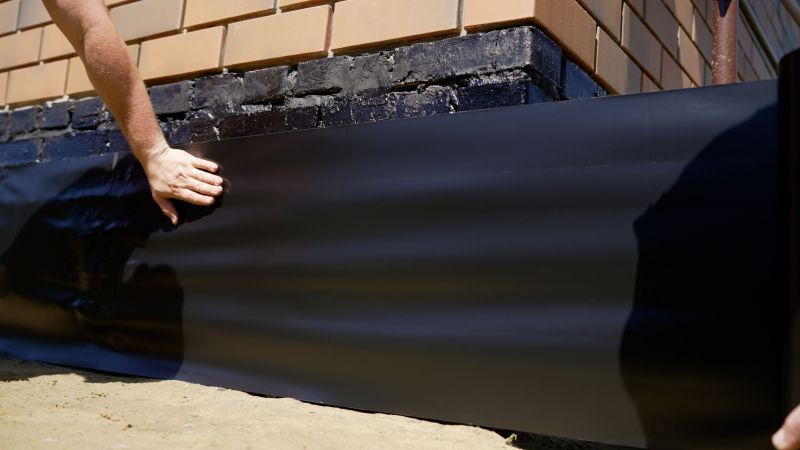
Inspecting and maintaining waterproof barriers for longevity.

High-end options that actually feel worth it for Waterproofings.
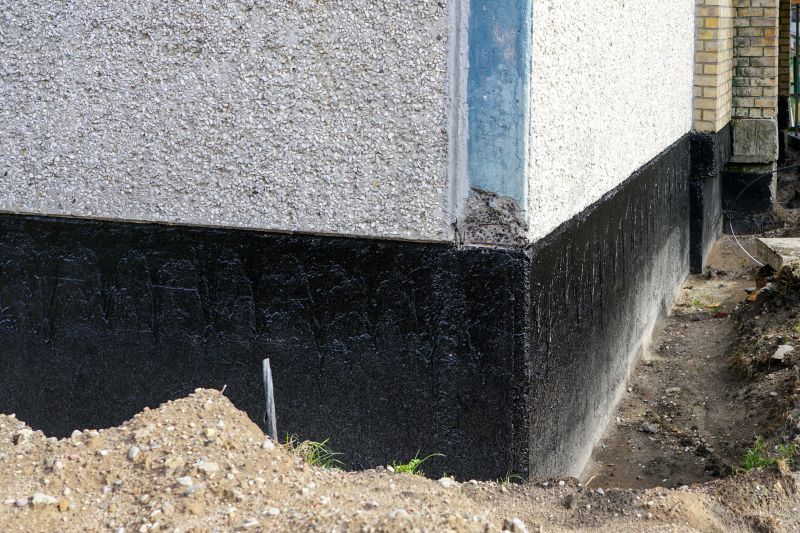
Finishes and colors that play nicely with Waterproofings.
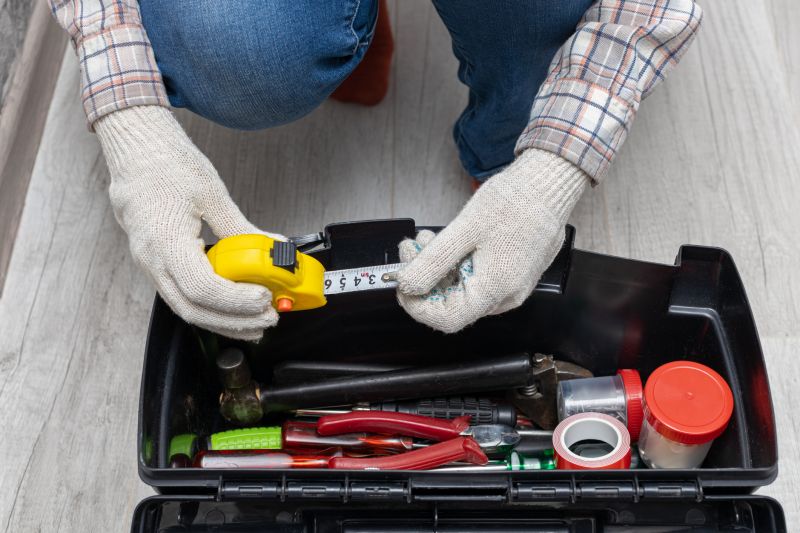
Little measurements that prevent headaches on Waterproofings day.
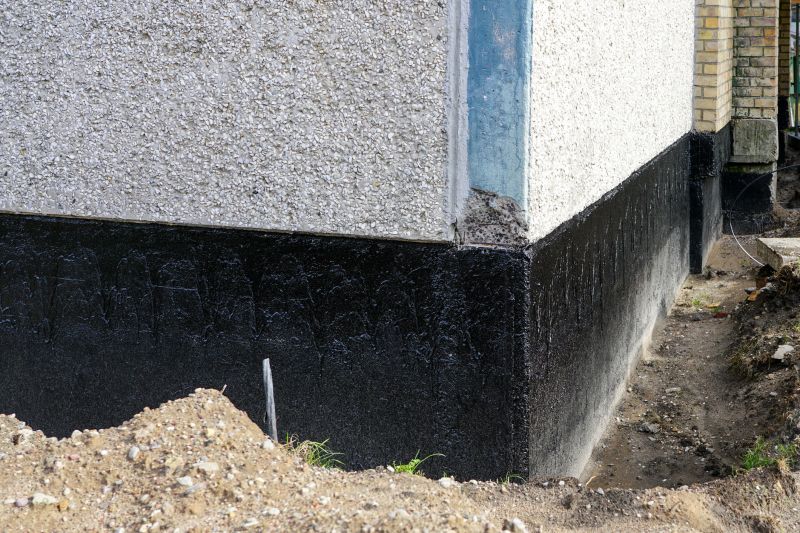
A 60-second routine that keeps Waterproofings looking new.
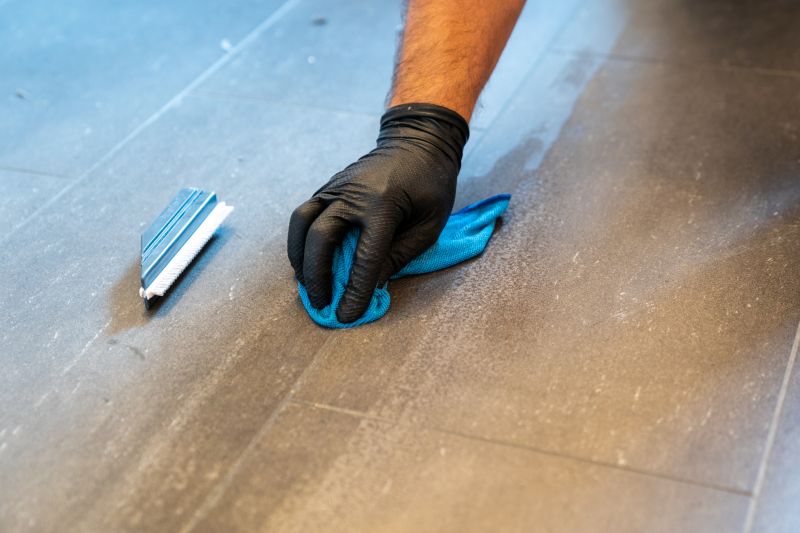
A frequent mistake in Waterproofings and how to dodge it.
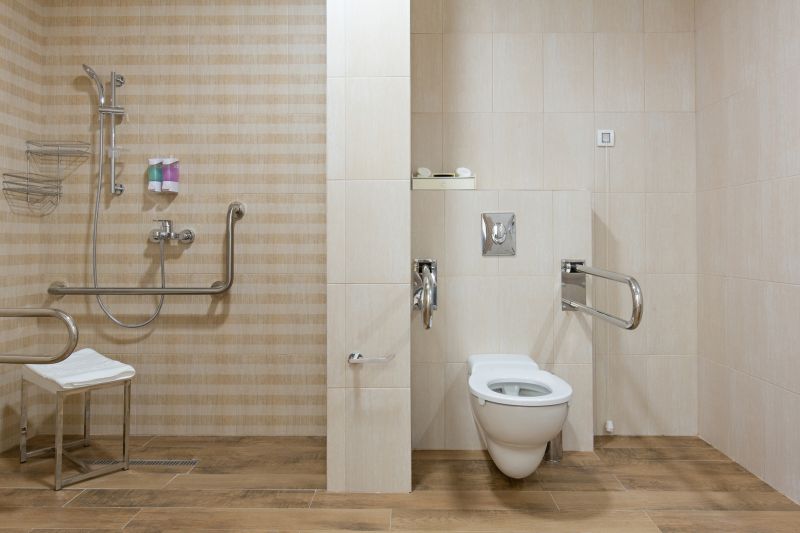
Small tweaks to make Waterproofings safer and easier to use.
Choosing the right time for waterproofing is essential for ensuring the effectiveness and durability of the barrier. Proper planning, considering seasonal weather patterns, and understanding material requirements can significantly impact the success of waterproofing projects. Consulting with professionals can help determine the optimal schedule tailored to specific building needs and local climate conditions.
Interested in waterproofing solutions? Fill out the contact form to discuss options and schedule a project.



